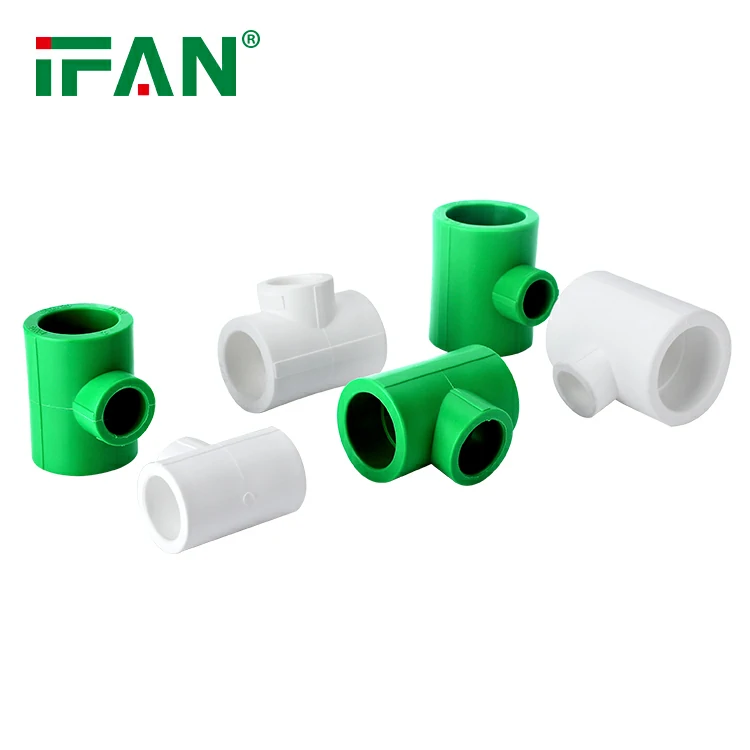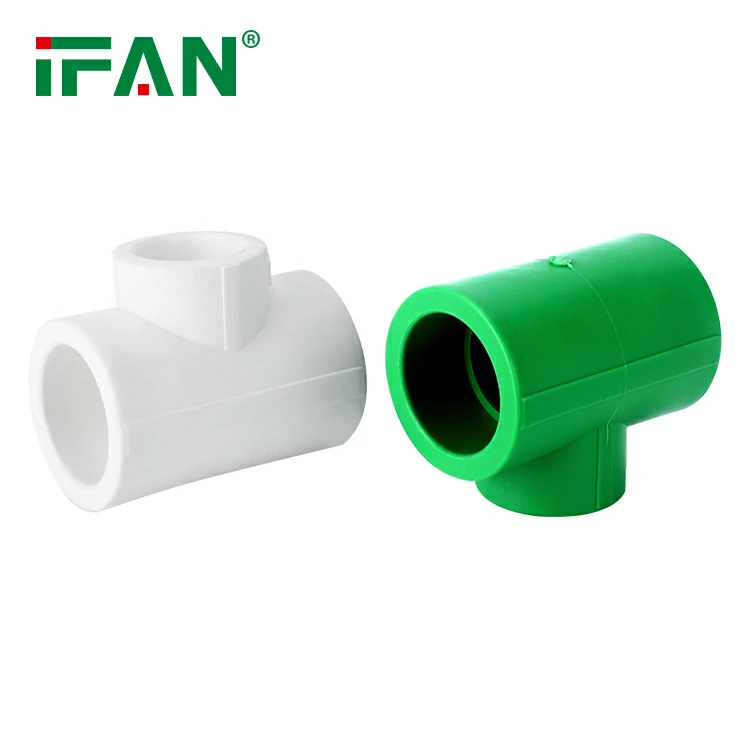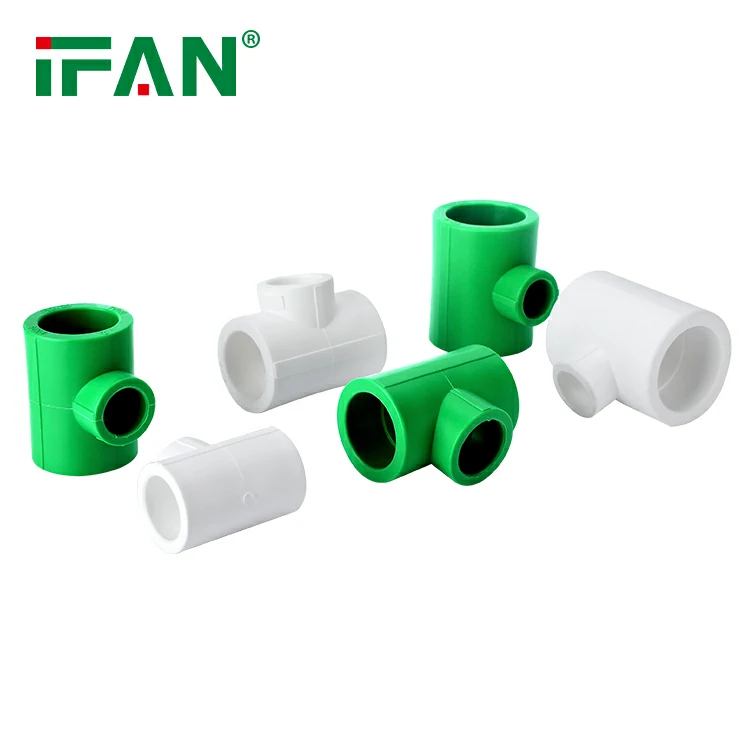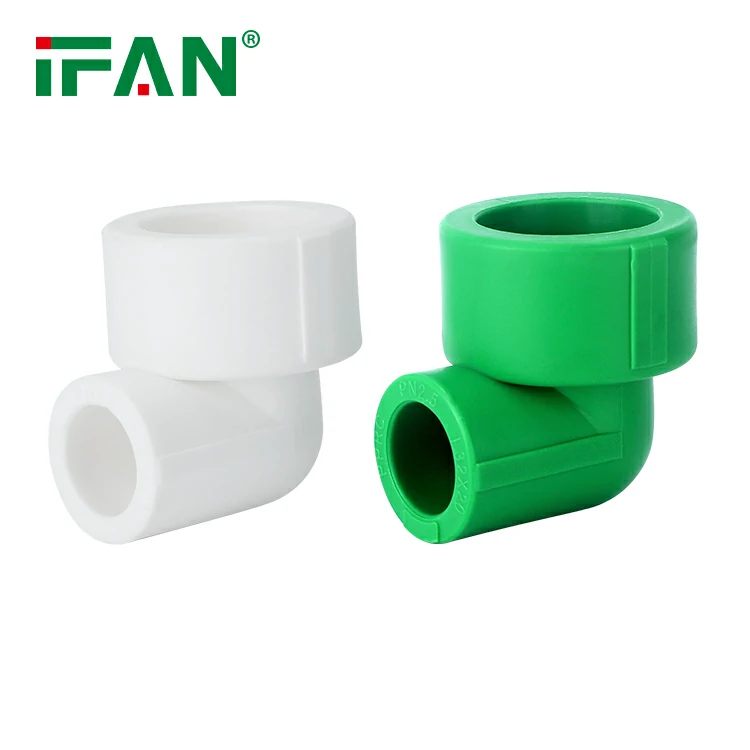- Cut the PEX tubing to the desired length using a PEX cutter.
- Slide a crimp ring onto the end of the tubing.
- Insert the PEX fitting into the end of the tubing, making sure it is fully seated.
- Use a crimping tool to crimp the ring around the fitting and tubing. The tool should have jaws that match the size of the crimp ring and fitting being used.
- Repeat the process for any additional fittings or connections needed.
how to remove pex fittings?
- Turn off the water supply: Before starting to remove PEX fittings, turn off the water supply to avoid any leaks.
- Cut the PEX pipe: Use a PEX cutter or a sharp blade to cut the PEX pipe as close to the fitting as possible.
- Remove the crimp ring: Using pliers, squeeze the crimp ring and pull it away from the fitting.
- Heat the fitting: Use a heat gun or a propane torch to heat the fitting for about 30 seconds. This will help soften the PEX and make it easier to remove.
- Pull the fitting: Using pliers or wrenches, grip the fitting and twist it while pulling it away from the PEX. Be gentle and slow to avoid damaging the pipe.
- Clean up the end of the PEX: After removing the fitting, clean up any burrs or rough edges on the end of the PEX with a deburring tool or sandpaper.
- Install a new fitting: If you need to replace the old fitting, follow the manufacturer’s instructions to install a new one.
how to install pex fittings?
- Cut the PEX tubing to the desired length with a PEX tubing cutter.
- Slide the brass compression ring over the end of the PEX tubing.
- Insert the PEX fitting into the end of the PEX tubing until it reaches the shoulder of the fitting.
- Slide the compression ring up to the shoulder of the fitting.
- Tighten the compression nut onto the fitting using a wrench.
- Repeat the above steps for all other fittings.
- Test each connection for leaks by turning on the water supply and observing for any water escaping from the connections.





